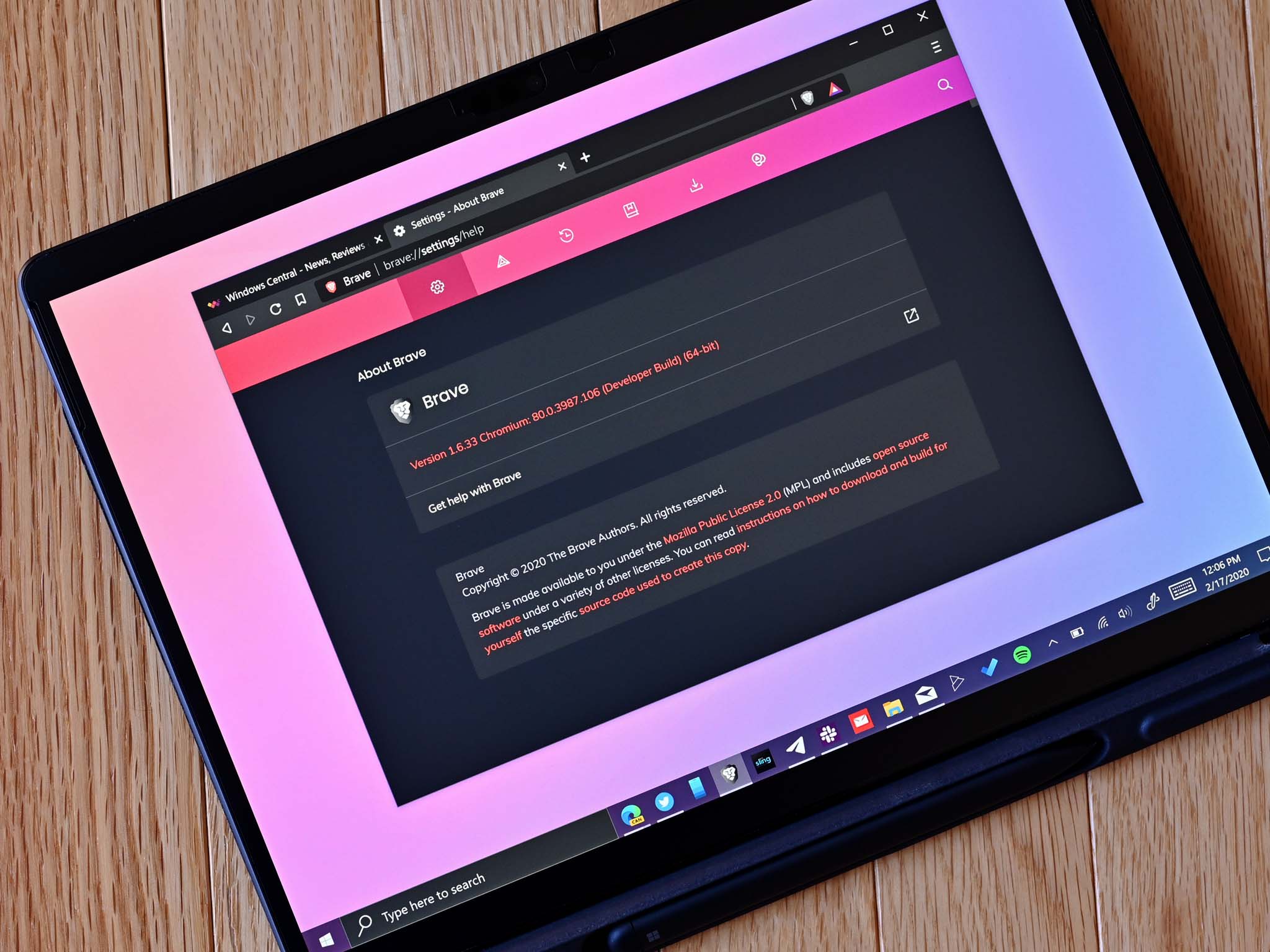 Source: Daniel Rubino/Windows Central
Source: Daniel Rubino/Windows Central
Brave is rolling out a new feature for its browser that bypasses Google-hosted AMP pages. The De-AMP feature is available in the Nightly and Beta builds of Brave now and will be enabled by default in the future 1.38 release of the desktop and Android versions of the browser.
AMP links were originally created to optimize websites for mobile devices, but they are considered controversial. When a user clicks an AMP link, they are taken to a page hosted by Google’s servers rather than by the site of the content producer.
Brave claimed that AMP is “harmful to users and to the Web at large.” The company argued that AMP is harmful to privacy, bad for security, and that it furthers the “monopolization of the Web” by Google.
“Brave will protect users from AMP in several ways. Where possible, De-AMP will rewrite links and URLs to prevent users from visiting AMP pages altogether,” explained Brave. “And in cases where that is not possible, Brave will watch as pages are being fetched and redirect users away from AMP pages before the page is even rendered, preventing AMP/Google code from being loaded and executed.”
While the next version of AMP does not have an official name at this point, Brave refers to it as AMP 2.0 and claims that it “will be even worse” than the current version of AMP. “This effort isn’t formally called AMP 2.0, but the goals are the same: allow more of the Web to be served from Google’s servers, and in ways that give users less control over how they interact with that content, and with less understanding of where that content is coming from.”
Brave has a history of going against Google. It launched Brave Search in June 2021 and was one of several companies that took a stand against Google’s FLoC.

The Saints Row reboot features ludicrously in-depth customization
The return of the Saints Row franchise from Deep Silver comes with a slightly more grounded approach. Fortunately, the studio has revealed this doesn’t apply to the game’s customization options, which are more ridiculous and in-depth than ever before.

Review: Govee DreamView T1 Pro lighting for your TV is well worth $150
If you’re looking to spruce up your home theater setup or you want to make your TV look better, the Govee DreamView T1 Pro TV ($150) is the way to go. It is easy to set up, simple to use, and it works with any TV/AV configuration. Plus, it helps with eye fatigue — read our full review of this outstanding bias-lighting kit.




